Step-by-step instructions: How to install Hardie Board lap siding, HardiePlank lap siding, and siding products, trim, and more. Follow these instructions for a long-lasting installation.
HardiePlank or Hardie board lap siding products carry a 30-year warranty and installation is not much different than installing regular wood lap siding.
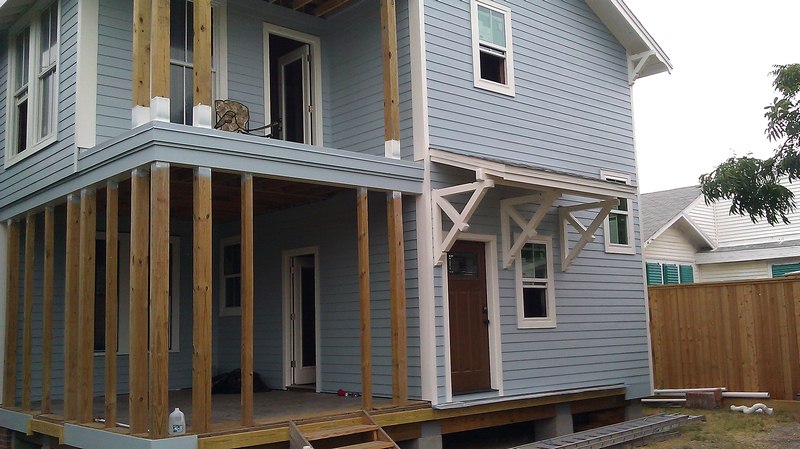
DIY Step-by-Step Instructions for Hardie Board Lap Siding Installation
Fiber cement lap siding is a long-lasting durable product that installs in much the same way as regular lap siding.
Hardie Board is a lap siding product manufactured by the James Hardie Corporation. Installing your own Hardie Board siding won’t break your back or your budget.
Read Also:
Introduction: How to Install Hardie Board Lap Siding
HardiePlank lap siding is a fiber cement siding product that doesn’t rot and carries a 30-year warranty.
It comes in a variety of colors and two surface finishes–smooth and a texture the company calls Cedarmill. The Cedarmill texture looks very much like real wood.
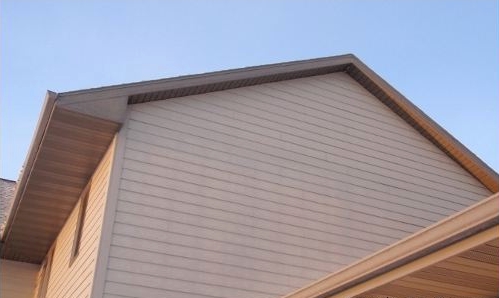
After installation, you can paint the product with 100 percent acrylic paint to change the color if desired.
Doing your own Hardie board lap siding installation takes about the same amount of labor as installing real wood lap siding and saves you a considerable amount of money on labor costs.
Preparation
After removal of the old siding, new house wrap should be installed to provide a water barrier between the new siding and the home’s plywood or OSB sheathing. Trim corners first so that the correct gap between the trim and siding is maintained.
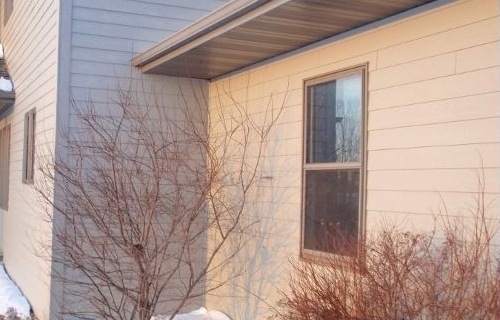
The James Hardie company offers fiber cement trim boards in various widths for use as corner trim, fascia, soffits, rakes, and batten boards to complete your Hardie board installation.
Installing HardiPlank Lap Siding
Measure up from the ground 6 inches plus the width of one plank at a corner and make a mark on both sides of the corner.
You must maintain a 6-inch clearance between the ground and the planks and a 2-inch clearance between finished surfaces like deck boards, concrete, steps or sidewalks and roofing materials, or flashing.
Place a laser level on the mark pointing at the next corner. Use the laser to mark the next corner and snap a chalk line between the marks. Extend the chalk line around the house using the laser to mark the subsequent corner.
Place a corner trim piece against the corner and make it flush with the edge of the corner. Nail it in place with two siding nails every 16 inches.
Place the second piece of corner trim on the opposite side of the corner flush with the outside edge of the first piece. Nail it to the house framing with two siding nails every 16 inches. Do all the corners before continuing.
Hold a HardiePlank siding board with the top edge against the chalk line and 1/8 inch away from the corner trim. Nail the board to the house every 16 to 24 inches with a roofing nail along the nail line printed on the top of the siding board.
Measure down from the top of the installed board 1 1/4 inches every four feet and make a mark. Hold the next board on these marks and nail with siding nails along the nail line.
You can also buy clips that hold the siding planks in place with the 1 1/4-inch overlap and break off after the planks are nailed.
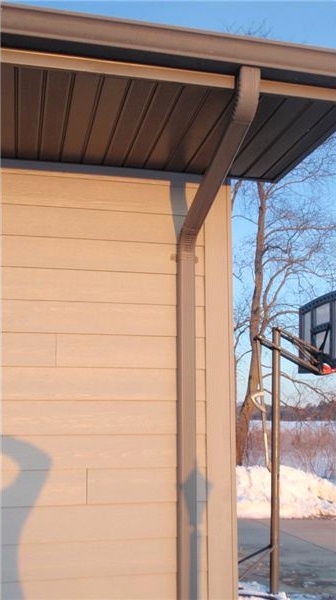
Cutting HardiePlank Siding
The planks may be scored and snapped similar to cutting drywall by using a carbide scoring knife.
Another method uses a special James Hardie supplied saw blade on a circular saw equipped with a vacuum to gather the fiber cement dust which is hazardous to your health.
Always wear a dust mask when cutting fiber cement products. Of course, if your saw is battery-powered, you will also need to prepare the best battery.
Making Siding Joints
Hardie board installation will require joints between planks. Join factory edges and place the cut edges against the corner trim boards.
Caulking joints are unnecessary, but flashing behind the joints is required. Cut a piece of 6-inch wide steel coil trim about 1 inch longer than the width of a siding board and place it behind the joint.
Nail it to the house sheathing with a roofing nail.
Finishing the Installation
Caulk the corners where the siding meets the corner trim. Use an exterior grade, paintable latex caulk. Run a 1/4 inch bead of caulk to cover the gap left between the trim boards and the lap siding.
To complete your Hardie board lap siding installation, paint primed HardiePlank within 180 days of installation and unprimed HardiePlank within 90 days of installation. ColorPlus products are coated at the factory and don’t require painting.
Credits and Resources
- James Hardie Corporation: https://www.jameshardie.com/products/hardieplank-lap-siding
- Hardie siding By M&M Roofing @Flickr
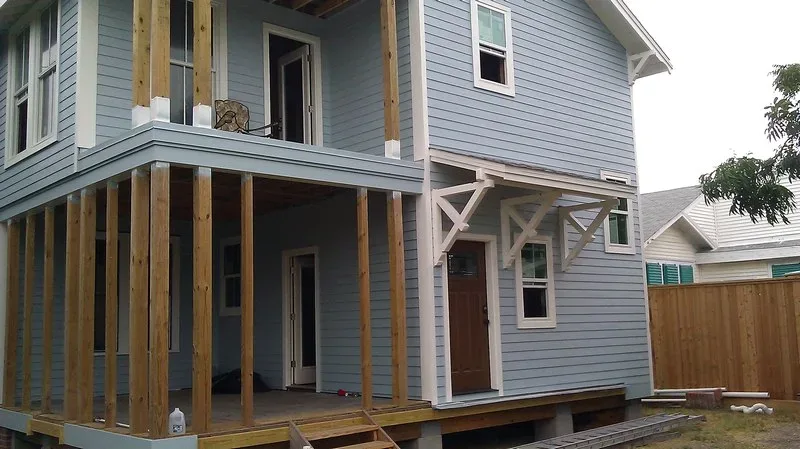


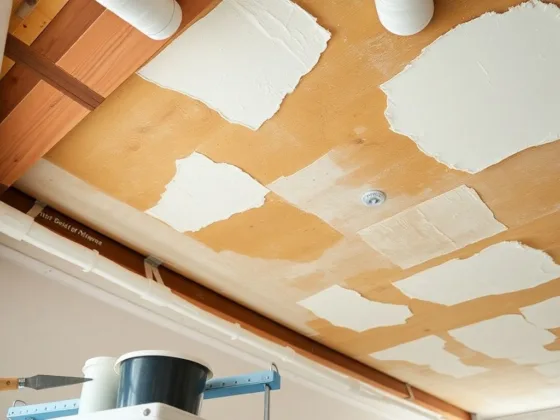
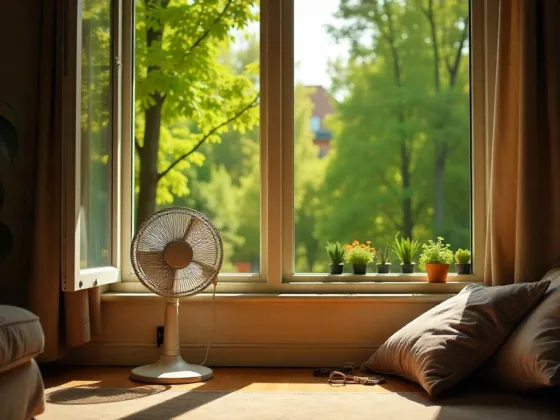
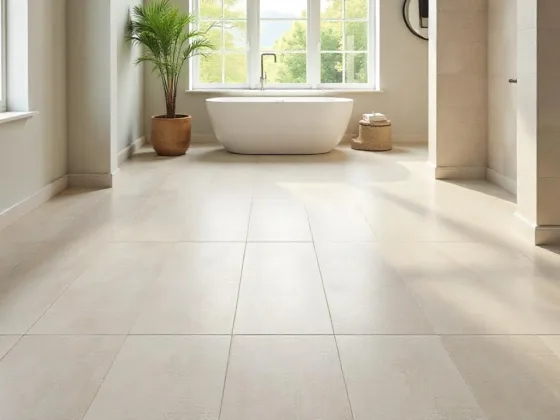
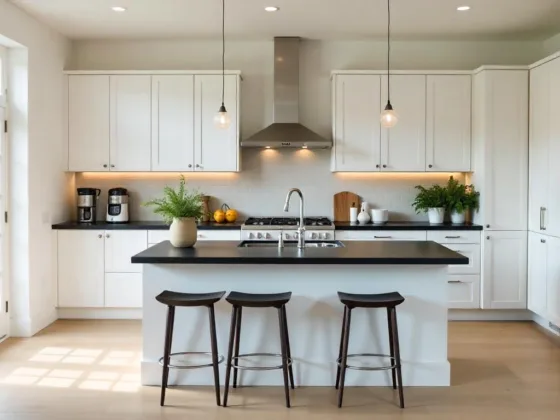


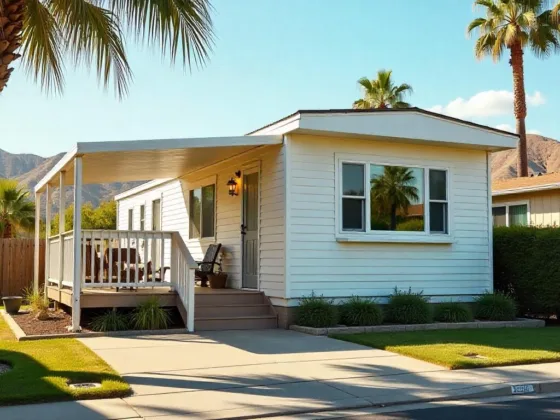
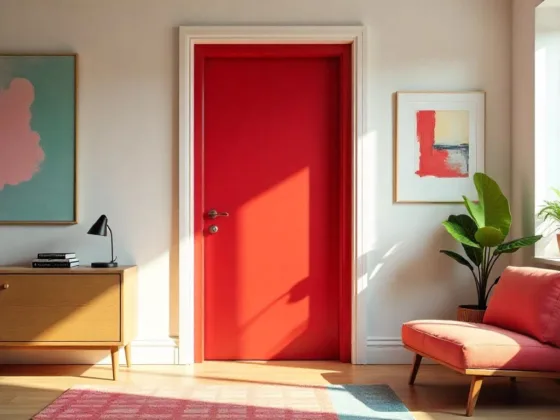
5 comments
Article seems to be ok for installation however a question> is lap siding primed from factory? Is the board placed against the trim for nailing?
You can definitely see your skills in the article you
write. The arena hopes for more passionate writers such as you who aren’t
afraid to say how they believe. All the time follow your heart.
What about fixtures – lighting, cables, plumbing, house numbers, …
The article says,
“Caulking joints are unnecessary, but flashing behind the joints is required. Cut a piece of 6-inch wide steel coil trim about 1 inch longer than the width of a siding board and place it behind the joint. Nail it to the house sheathing with a roofing nail.”
The Hardie Board installations from Hardie Board Co. say to caulk the 1/8″ gap left between planks. Neither caulk nor flashing was done on our house by builder. Do we have recourse?
I have been advised by a man with more than 30 yrs. experience, that he prefers installing Hardie Plank over the old wooden siding (after new wrap is installed). According to this individual, whom I have known for years, that is a better option than tearing off the old wood. It saves time, saves money and increases the insulation.
What are the pros and cons of doing that?